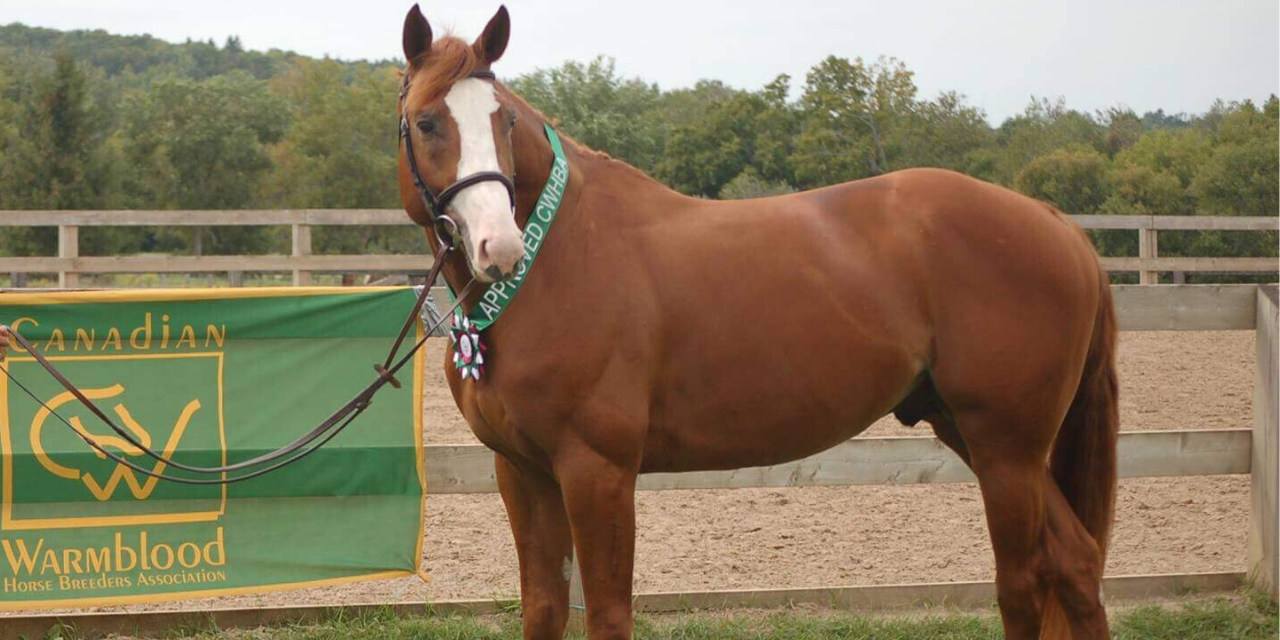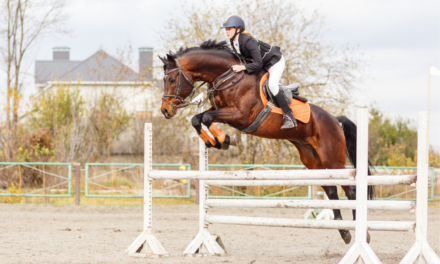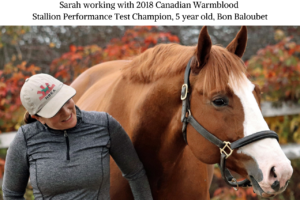We may earn money or products from the companies mentioned in this post. For more information please check out our disclosure page
Below are questions I get asked all the time. Your horses' topline is important in relation to his strength and ability to perform so these are important questions to answer.



- What is a poor topline on a horse?
- What is a good topline on a horse?
- Why does my horse need a strong topline?
- How can I develop my horses topline?
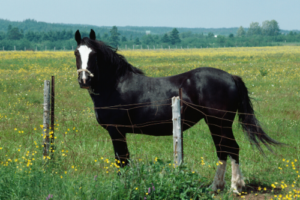
.
To recognise whether your horse has a weak topline you must understand what the topline is.
Topline is the muscle groups that run along a horse’s spine and stretch along the spine from the end of the neck at the wither area, down the back, land over the top of the hip into the croup area. There are three main muscle groups which surround each side of the horses back.
So what does a weak topline look like?
If you horse has a weak topline it means the muscles lack proper formation. This will be visible with the horse having sunken or concave areas along the back either side of the spine, the wither or around the hip. Those horses with weak toplines will have hollow areas along the back, sunken areas either side of the withers, a protruding spine, and boney hips.
What causes a weak topline?
There are many reasons a horse may have a weak topline:
- Not effectively using their hind end. Your horse must learn to carry itself and activate quality movement through its hind end, causing it to lift through its barrel and use its back.
- High head carriage is usually a result of the horse not effectively using their hind end.
- Poor nutrition. For a horse to build muscle it must have enough protein in their diet to work as a building block for developing that muscle.
- Muscle atrophy as a result of not using the muscles, or carrying itself incorrectly and developing the wrong muscles.
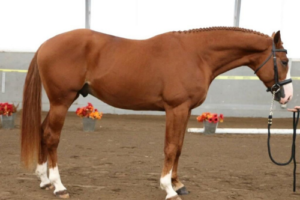
.
What does a strong topline look like?
An ideal topline has the appearance of being full, well-muscled, with a rounded athletic appearance. There are no sunken areas and when you look at the horse from the side it has a filled in back with no areas sinking away.
Why does my horse need a strong topline?
Developing a good topline enables a horse to have a much better self carriage through strength built up in those muscles.
Horses in competition need the physical ability to perform at required levels in order to be competitive, a strong topline means the horse is more able to carry both themselves and their rider effectively.
Compare it to a human weight-lifting athlete. If their preparation is mostly cardio, running, and minimal focus on their strengthening their back muscles they will develop in their fitness but be weak when it comes to competition because they do not have the strength to properly lift the weights.
A weight lifter would not make the mistake of incorrect training but horses train in the way we ask them to, so it is up to us to have a training program that includes developing their topline.
How can I develop my horses topline?

.
A strong topline is an indicator of a good exercise program balanced with a correct level of protein in a well-balanced grain.
You can transform your horse into a strong and effective athlete in no time by developing the proper muscles along his topline.
Follow these 11 guidelines:
Develop a plan that includes the following built into your horses work plan,
- Make sure you are using a high protein quality grain, such as Hoffman’s Elite, you can also supplement with Hoffman’s crunchies which has 16% protein level.
- Make sure your saddle fits your horse properly. If you horses’ saddle doesn’t fit properly it can cause pain. Your horse will then use its back muscles differently to brace against pain and develop its topline incorrectly. Muscles can also hollow out either side of the horses back behind the wither if the saddle is too tight.
- Belly lifts. Learn how to do belly lifts and repeat doing two sets of ten.
- Back your horse up. You will need to do groundwork to teach your horse to back up without being forced. Your horse should freely back up with its head in neutral position (relaxed). If you need to force your horse backwards, pushing from the rope/halter, it will not use the proper muscles.
- Make sure your horse eats from ground level as much as possible, don’t use raised hay nets.
- Hill work. Hack walk and trot up and down hills. Your horse should be allowed to stretch down and encouraged to push from behind. This can also be done at the walk in hand.
- Long and low flatwork. Once a week you should allow your horse to really reach for the contact in a long and low frame. Encourage the horse to ‘push’ from behind.
- Transition work. Do lots of transitions under saddle. Your horses forward movement should be active and pushing into the transition from behind without rushing or pulling into the contact.
- Lateral work. Leg yielding in both directions will help to develop each side of the horse back muscles.
- Raised ground poles. We use lots of raised ground pole work in developing our horses toplines. It encourages the horse to activate its hind end and lift through its middle.
- Lunge work. Develop your horses lunging abilities so they become effective on the lunge line. Your horse should move forward on the contact, using self carriage and not rushing. The horses tail should look like it is held away from the horses body. The horse should be lifting through its back, pushing forward, and appear long through the body, accepting the contact.
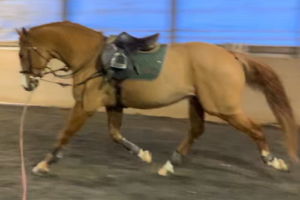
.
Use these 11 tips in your daily routine riding and training your horse and your horse will develop an amazing topline in no time at all.
admin
Latest posts by admin (see all)
- A Horse For All Reasons – Guest Blog by Lucy from Horse Factbook - April 8, 2020
- How To Deal With A Spooky Horse Trail Riding - March 31, 2020
- Our Top 20 Amazon Equestrian Products - January 30, 2020

